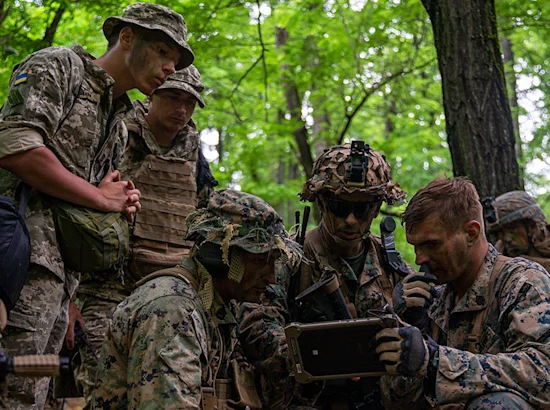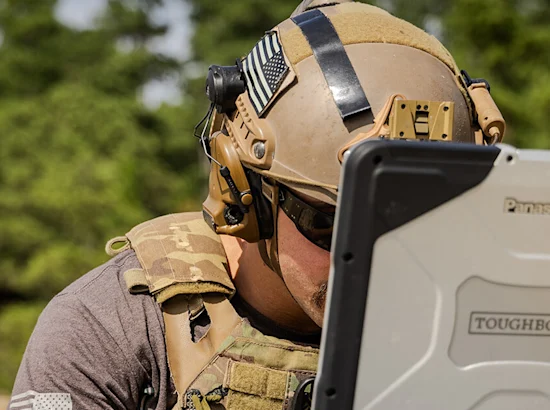Information sharing is critical to Department of Defense and Intelligence missions – both in peacetime and in warfighting. Military and intelligence personnel must have the ability to communicate rapidly and securely with mission partners and to ensure appropriate, real-time access to the critical information necessary for strategic decision-making.
In this engaging and informative Q&A, Eric Tapp, Army veteran and GDIT Mission Partner Environment Lead, and Nick Townsend, our Senior Director of Growth and Innovation, sit down to discuss the challenges related to information sharing in the Defense and Intelligence arenas, and the roles technology and policy play in overcoming them.
When it comes to technology, both agreed that the current way of sharing information on air-gapped, legacy systems built for specific missions is not sustainable. These methods require dedicated networks and cross-domain solutions that impact speed and scale, and this impact is exacerbated at the tactical edge. Additionally, the complexity of integrating legacy systems can also negatively impact modernization efforts. So, while today’s approaches serve the purpose of facilitating information access, they are not the ideal and not suitable for warfighting.
On the policy front, there is a massive gap between the technology available today and the policies in place to govern its use. Fully leveraging available and emerging technology to the fullest extent is going to require a policy evolution beyond what we’re starting to see around things like Zero Trust and AI/ML, for example.
Taken together, these challenges hinder the speed and the efficacy of how mission partners communicate and, ultimately, put mission delivery and performance at risk. However, the good news is that solutions are being implemented and paving the way for continued evolution and enhancement. This is all bringing the vision of a fully integrated, combined, interoperable multi-national fighting force to reality.






